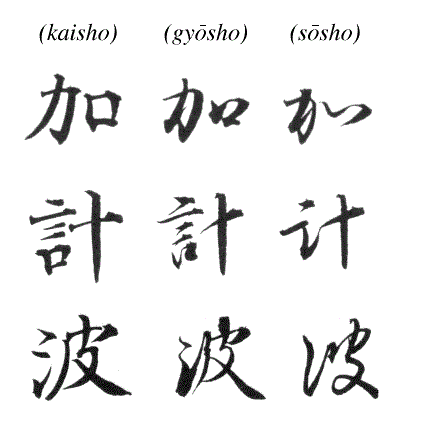Japanese calligraphy styles and material needed

Japanese calligraphy is an ancient art form that has been practiced for thousands of years. From the use of brushes and ink, to the intricate strokes that make up written characters, calligraphy is a beautiful way to express one’s thoughts and feelings on paper.
As with other forms of art, there are many different styles and materials that can be used to practice this traditional craft.

One of the most popular styles of Japanese calligraphy is Kaisho, which uses a brush to create simple and clear characters.
This style was developed during the Heian period (794-1185) and it’s still widely practiced today.
To practice Kaisho, you’ll need a brush and ink (sumi or sumi ink is the traditional choice). You’ll also need paper or a rice paper called shoji, which is specially designed for calligraphy.

Gyosho is another popular style of Japanese calligraphy that uses thin and thick strokes to create a delicate, flowing effect. This style was developed during the Edo period (1600-1868) and it’s often used to write poems and personal messages.
To practice Gyosho, you’ll need a brush, ink, paper or shoji, as well as a special type of ink called bokuju. This ink is made from a blend of soot, plant and mineral extracts, and it produces a softer look than sumi ink.

Finally, Sosho is an expressive style of Japanese calligraphy that uses bold strokes to create characters with a powerful impact.
This style was developed during the Muromachi period (1336-1573) and it’s often used to write inspiring words or powerful messages. To practice Sosho, you’ll need a brush, ink, paper or shoji, as well as some special tools such as a bamboo pen and a knife for sharpening the tip of the brush.
Japanese calligraphy is an incredibly rewarding art form. With the right materials and a little practice, you can create beautiful pieces of artwork that express your thoughts and feelings in a unique way.
So if you’re looking for an interesting hobby or just want to explore a fascinating part of Japanese culture, why not give calligraphy a try? Who knows—you might even come up with your own style of calligraphy! Good luck!

D'Artisan Shoppe 15pc profesional brush set
4 natural hog hair bristle brushes and 11 synthetic bristle brushes to create the brush strokes you need.

